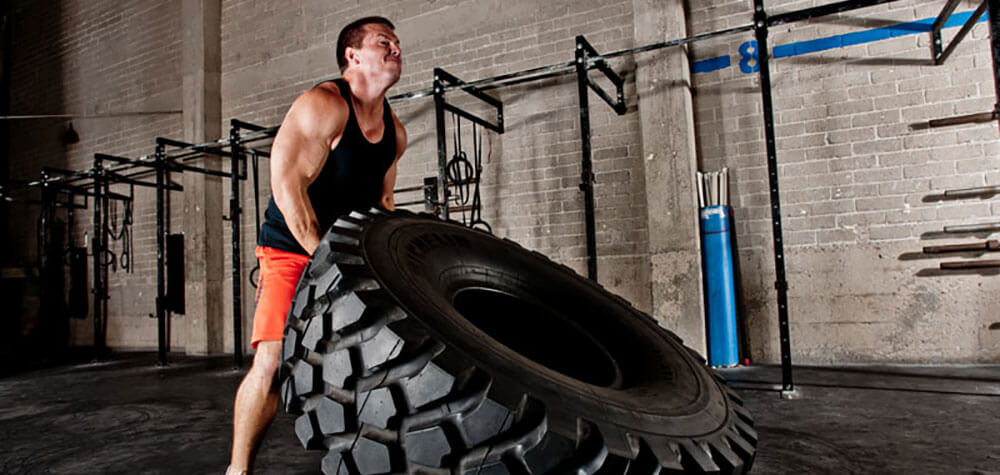There is a growing trend with both young and old to focus on the gym and working on different exercises. But there is a need to focus on training on stabilization endurance. Truly stabilization training helps in establishing the base, laying the groundwork for achieving successfully fitness goals and higher training need. Stabilization endurance exercises use higher repetitions with enriching activities. The proprioceptive enriching activities challenge the exerciser’s balance and are progressively increased from stable to unstable.
Fitness professionals assess different body types, health histories of their clients before finalizing an exercise program. This is to identify any specific body movement restrictions and ease of flexibility to design specific strengthening exercises. Somatotype or body type refers to three generalized body compositions namely endomorph, mesomorph, and ectomorph. Research has proven that physical training and habitual changes to the diet effectively influence body composition. Body types and diet are interrelated as the specific body type dictates diet along with specifically designed training exercises. Like training Ectomorphs clients, maximum priority is assigned to strength training with reduced focus on cardiorespiratory training to reduce energy utilization. These clients have lanky bone structures, developed bodies, and highly active metabolisms. It is hard for them to put on mass and retain it.
Training endomorphs clients is focussed on fat loss techniques till such time a desirable body composition and a desirable cardiorespiratory efficiency are achieved. Resistance training is imparted to strengthen muscles, effective fat loss, and joint stabilization for more efficient muscular movement. Consistent aerobic and anaerobic training helps increase metabolic efficiency and boost the daily requirement of energy. They are recommended a high protein diet with balanced fats and carbs that helps in maintaining a negative energy balance. A mesomorph body type client is ready for a more advanced form of sport-specific, power training. They should have a diet specifically designed for fitness goals and activity. The diet is increased or decreased with variations in daily calories to control body compositions with neutral, negative, and positive energy balances.
Stabilization endurance training progressively advances like after the client masters the push-up on the ground he/she moves to perform a push-up on a stability ball, a Core-Tex or a BOSU, or a whole-body vibration platform.
There are different goals in various phases of stabilization endurance training like:
- Phase 1 Goals
To improve muscular endurance, enhance posture control, joint stability, improve neuromuscular efficiency and increase flexibility. Training strategies under phase 1of stabilization endurance should be designed to train in an unstable but controllable environment, with high repetitions and low loads.
- Phase 2,3 and 4 Goals
Under these phases, the emphasis is laid on stabilization endurance but with an eye on increasing prime mover strength. Prime mover is the muscle that acts as the main source of motive power. Under phase 2, improvement in stabilization endurance is achieved. There is also improvement in work capacity, increased lean body mass, and enhanced joint stabilization.
In phase 3 hypertrophy training’s goal is to achieve optimal muscular growth.
In phase 4 the client is given maximum strength training with higher loads and low repetitions and longer rest periods. Power level training is imparted only after the completion of strength and stabilization levels. There are three levels such as stabilization, strength, and power. Phase 5 is power training under this traditional strength exercises with heavy load superset is performed.










